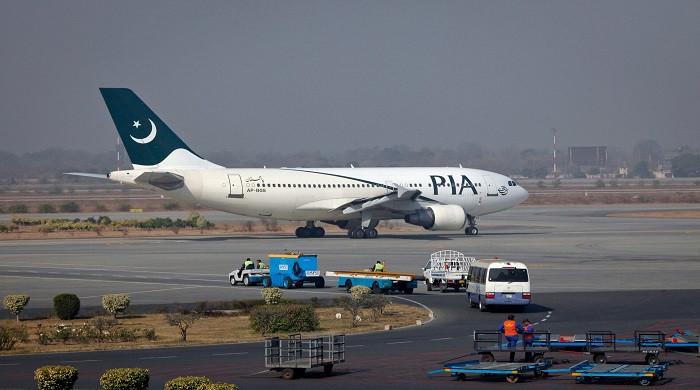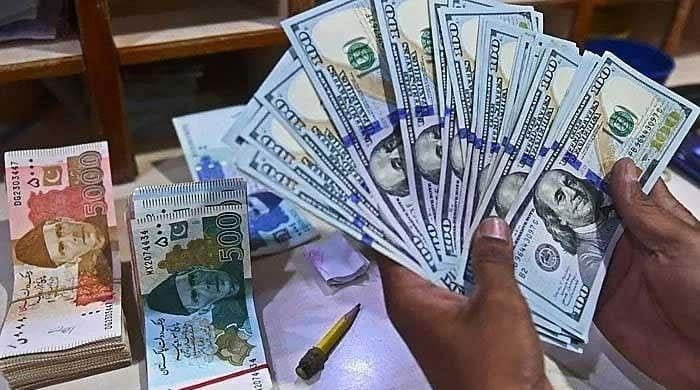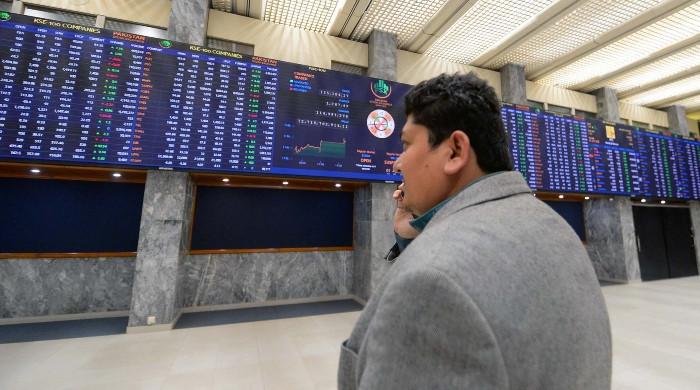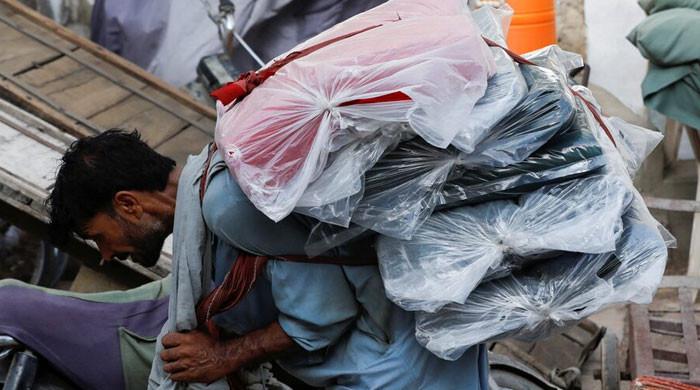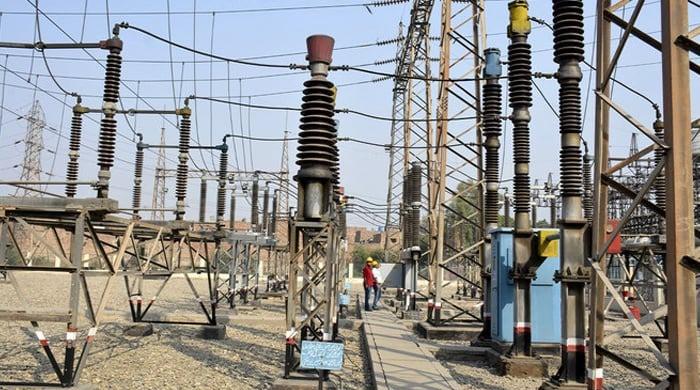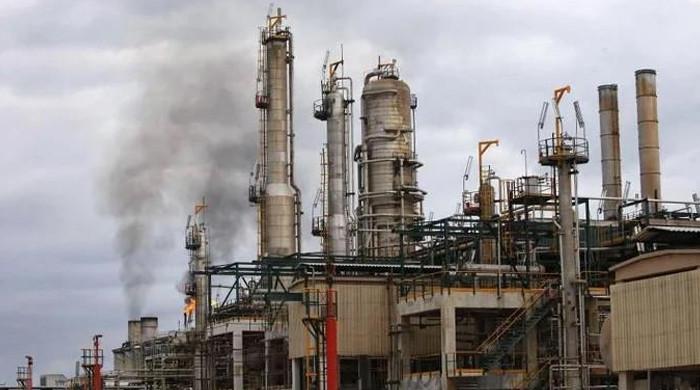SBP links growth outcome to government's coronavirus response
The central bank projection reveals that the real GDP growth is expected to be in the range of 1.5% to 2.5% in FY2021
January 06, 2021
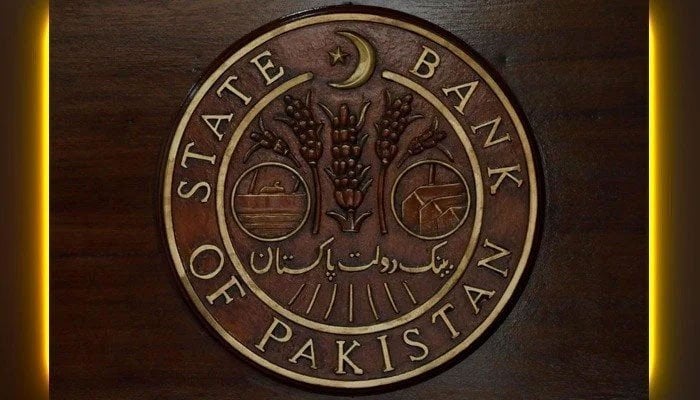
- The SBP projection reveals that the real GDP growth is expected to be in the range of 1.5% to 2.5% in FY2021
- The current account deficit is now expected to be in the range of 0.5% to1-1.5% of GDP as against the earlier mark of 1% to 2% of GDP
- The SBP projects average inflation in FY21 to remain in the 7% to 9% range
KARACHI: The State Bank of Pakistan (SBP) has connected the government’s COVID-19 response with the growth, as Pakistan continues to grapple with the second wave of the novel coronavirus, The News reported on Wednesday.
The central bank asserted that the economic recovery from the first wave of the coronavirus had been achieved due to the support that had been granted to businesses by the government.
In the first quarterly report on the state of Pakistan’s economy, the SBP said: “… the overall growth outcome hinges on how the Covid infections and the associated government response evolve.”
Read more: Foreign exchange: State Bank of Pakistan's reserves increase to 2.5-year high
The projection, based on the current trends of economic activity, reveals that the real GDP growth is expected to be in the range of 1.5% to 2.5% in FY2021 compared to the 0.4% contraction that had been recorded in FY2020.
The SBP said the government’s handling of the current surge in Covid infections includes keeping business activities running under the standard operating procedures.
The central bank said that restrictions should be more focused on reducing public gatherings and social contact while at the same time, employment and economic activity should be encouraged.
“As the economy recovers from the Covid-induced contraction, it is now faced with uncertainty relating to the intensification of the second wave of the pandemic. This concern poses both upside and downside risks to the SBP’s macroeconomic projections,” it said.
Current account deficit expected in the range of 0.5%to 1-1.5%
Supply-side shocks from uncertain weather conditions cannot be ruled out either, said the SBP. At the same time, there are also potential upsides, including the development and distribution of an effective vaccine and its possible early availability, the publication underscored.
Highlighting other factors, the report read that the announced increase in the wheat support price and subsidies on fertilizer and pesticides may contribute to a better-than-expected output of Rabi crops.
The outlook for the external sector has improved since the previous set of projections published in SBP’s FY20 annual report.
Read more: State Bank reduces interest rate from 11% to 9%
The current account deficit is now expected to be in the range of 0.5%to 1-1.5% of the GDP as against the earlier mark of 1% to 2% of GDP.
The revision is mainly due to an upward adjustment in workers’ remittances, which are now expected to be $24-25 billion as compared to $22-23 billion earlier.
“However, projections of workers’ remittances are subject to risk from the outlook for the oil-exporting economies, whose fiscal balances might deteriorate further with the escalation in global Covid infections.
"This may result in a sizable reduction in their demand for foreign workers, leading to lower remittance inflows to Pakistan,” said the SBP.
'Upside risks mainly stem from the health fallout'
"Going forward, the fiscal situation would continue to depend on the domestic evolution of Covid-19. The upside risks mainly stem from the health fallout, and the potential economic fall-out, in case of protracted or intensified lockdowns in the remainder of FY21,” said the SBP in its statement.
“By contrast, faster than an anticipated economic revival, which gives the government room to generate more revenues, either by rolling back certain tax concessions or imposing fresh levies, could contain the deficit further.”
The SBP projects average inflation in FY21 to remain in the 7% to 9% range.
Meanwhile, core inflation has been relatively moderate, owing to benign cost and demand factors.
Given the spare capacity in the industrial sector, high base effect, and actions being taken to correct the supply-side issues in the food market, upside risks to the inflation outlook are largely contained.
Outlook of exports, imports largely remains unchanged
The Central Bank also said the outlook of exports and imports largely remains unchanged from their earlier assessment. The greater quantum of high value-added textiles and food commodities – especially rice – are expected to generate above-target growth in exports.
Having said that, the key downside risk to this outlook stems from the resurgence of Covid in major export destinations of Pakistan – which has the potential to suppress demand, SBP maintained.
Meanwhile, on the upside, the incentives given in the industrial support package since early November 2020 may help the textile sector exports perform better.
Where an increase in food imports and domestic economic activity is mainly expected to drive import growth, the imports are expected to cross their annual target, said the central bank.
The increase in global Covid-19 infections and a further decline in crude oil prices could suppress import payments.
As for the fiscal deficit, the latest projections suggest that it remains on track to meet the annual target of 7% of GDP.





